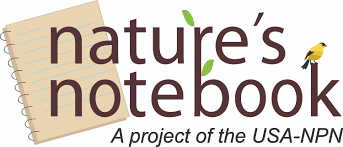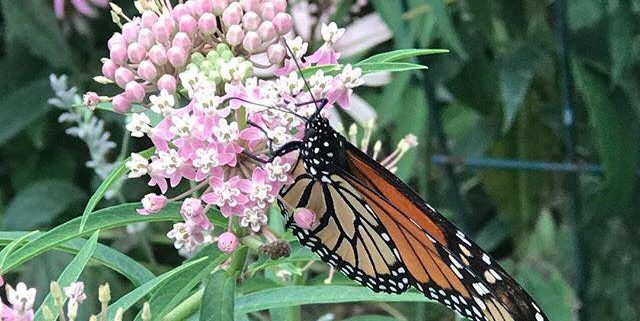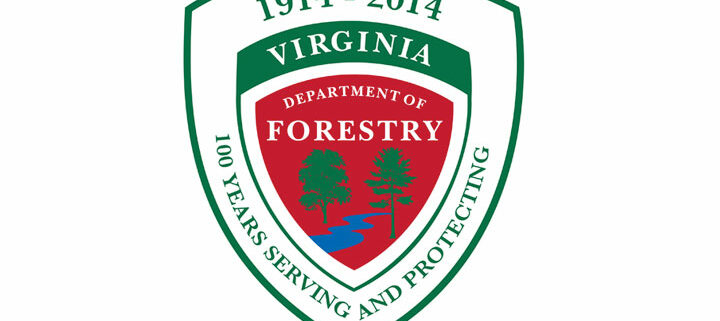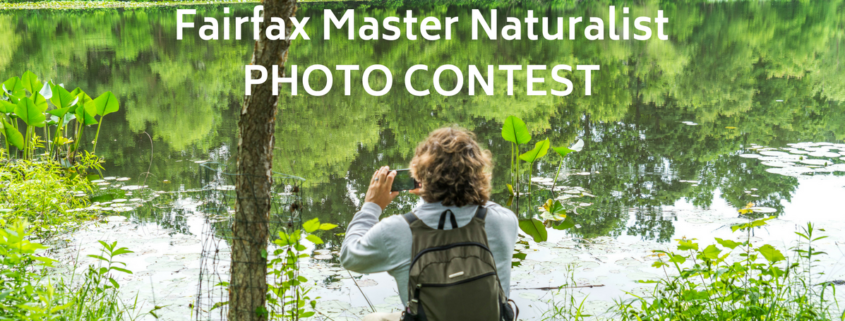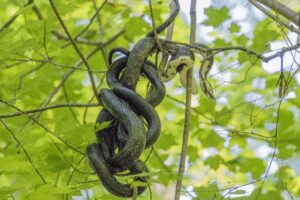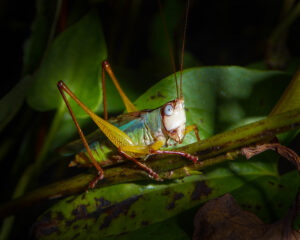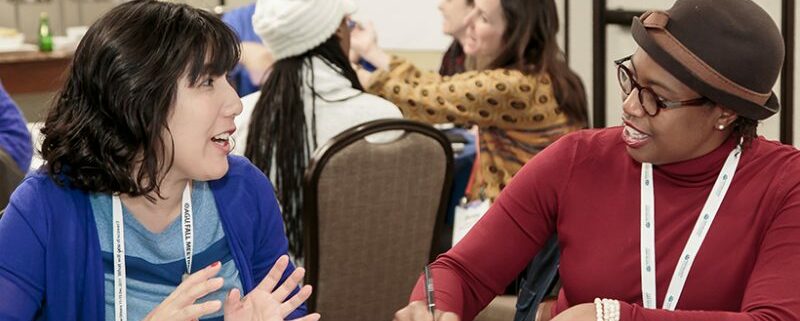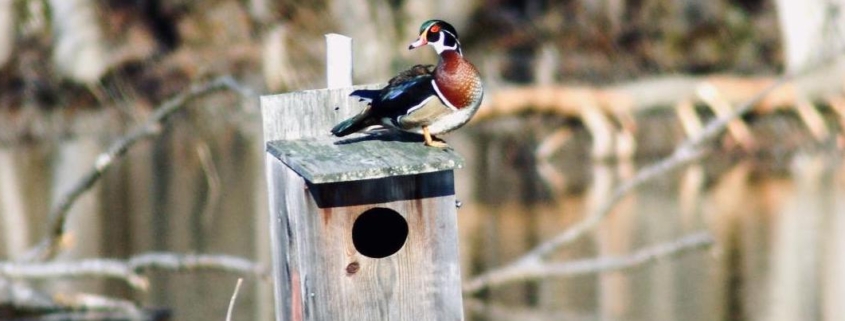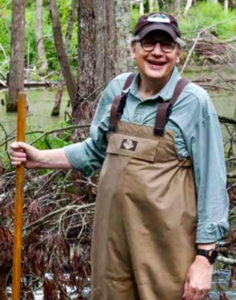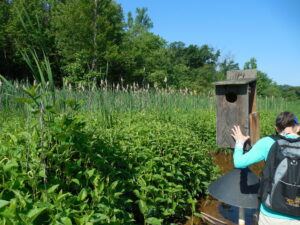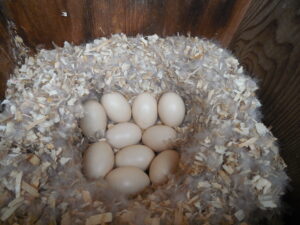Join Nature’s Notebook Pest Patrol citizen science work
PROJECT BACKGROUND
Nature’s Notebook is seeking observers to report their sightings of insect pest species that cause harm to forest and agricultural trees. Your observations as part of this campaign will help validate and improve the USA-NPN’s Pheno Forecasts, which help managers know when these species are active and susceptible to treatment.
JOIN US!
You can contribute by reporting observations of key pest species over the course of the year. The campaign focuses on 13 species that are considered to be insect pests.
Learn more about these species on the species profile pages and Pheno Forecast pages linked below. You’ll find a phenophase photo guide linked at the bottom of each species profile page to help you with identification of key life cycle events, such as active caterpillars and active adults. Each Pheno Forecast page shows maps of which locations have reached key life cycle event stages this year, and gives information on why managers care about that species.
| Species Profile (overview of protocol) | Phenophase Photo Guide (ID tips and photos of life cycle stages) | Pheno Forecast (and why you should observe this species) | |
| Leaf-feeding insects | |||
| Bagworm | Thyridopteryx ephemeraeformis | Photo Guide | Forecast |
| Eastern tent caterpillar | Malacosoma americanum | Photo Guide | Forecast |
| Gypsy moth | Lymantria dispar | Photo Guide | Forecast |
| Winter moth | Operophtera brumata | Photo Guide | Forecast |
| Sap-feeding insects | |||
| Hemlock woolly adelgid | Adelges tsugae | Photo Guide | Forecast |
| Magnolia scale | Neolecanium cornuparvum | Photo Guide | Forecast |
| Pine needle scale | Chionaspis pinifoliae | Photo Guide | Forecast |
| Spotted lanternfly* | Lycorma delicatula | Photo Guide | There is currently no forecast available for this species, but your observations can help researchers to develop one! |
| Wood-feeding insects | |||
| Asian longhorned beetle* | Anoplophora glabripennis | Photo Guide | Forecast |
| Bronze birch borer | Agrilus anxius | Photo Guide | Forecast |
| Emerald ash borer | Agrilus planipennis | Photo Guide | Forecast |
| Lilac (aka ash) borer | Podosesia syringae | Photo Guide | Forecast |
| Fruit-feeding insects | |||
| Apple maggot | Rhagoletis pomonella | Photo Guide | Forecast |
*If you see these species, please report them immediately to USDA APHIS via the reporting forms for Asian longhorned beetle and Spotted lanternfly
HOW TO PARTICIPATE
1. Select one (or more) species to track from the list of species. To see which species are available in your state, go to The Plants and Animals page, and filter for your state and Pest Patrol Campaign (under the Animal Types dropdown in the Advanced section).
2. Join Nature’s Notebook. If you haven’t already, create a Nature’s Notebook account. See our specifics of observing if you need more details on getting started.
3. Sign up to receive Pest Patrol messaging (in the right sidebar of this page – you may need to scroll back up to see it). You will receive information about how to identify species and phenophases, as well as results of your efforts. You will also receive notifications when your area is approaching the time to look for the activity of pest life cycle stages of interest.
4. Take observations. We invite you to look for pests approximately two to three times a week once you receive the message that your area is approaching the activity period. We encourage you to continue to observe your pest species until it is no longer active.
5. Report your observations. As you collect data during the season, log in to your Nature’s Notebook account and enter the observation data you recorded. You can also use our smartphone apps to submit your observations!


